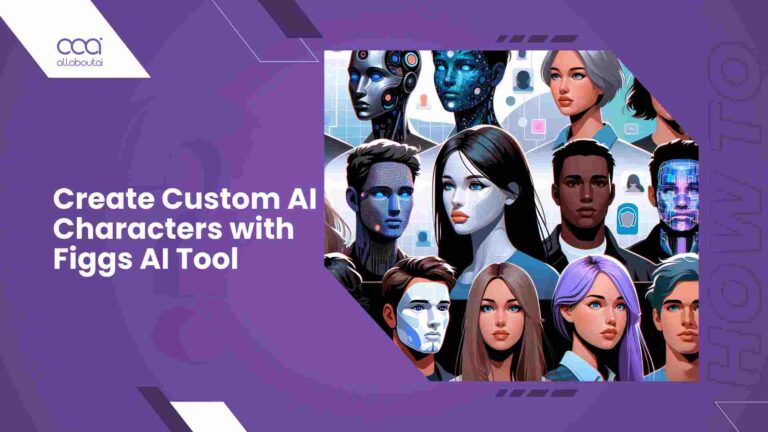Figgs AI is among the best AI tools that remain completely free to use for everyone. It certainly has its limitations compared to paid AI character creators cush as such as PopHop AI, but it has a huge community of dedicated users who have created some really fun characters on the platform.
I had a lot of fun creating my version of my favorite popular and original characters and having engaging conversations with them. In this guide, I’ll explain how to use Figgs AI to create custom AI characters.
So without further ado, let’s begin!
How to Use Figgs AI to Create Custom AI Characters: Step-by-Step Guide
You can design your virtual character using Figgs’ intuitive character creation tools. Simply enter some basic details like an avatar image, name, description, conversational scenarios, and examples, and Figgs will bring your custom character to life.
Follow this step-by-step guide to design, personalize, and launch engaging AI personas.
Step 6: Add Character Description
Step 11: Add Background Audio (Optional)
Step 13: Edit Example Dialogue
Step 1: Create an Account
Download the Figgs AI app and start by registering with Google, Discord, Apple, or email.

Pro Tip: Use the same email for all your AI-related platforms to keep your creations and resources centralized and easily manageable.
Step 2: Go to Create
Navigate to the creation section to begin designing your AI character.
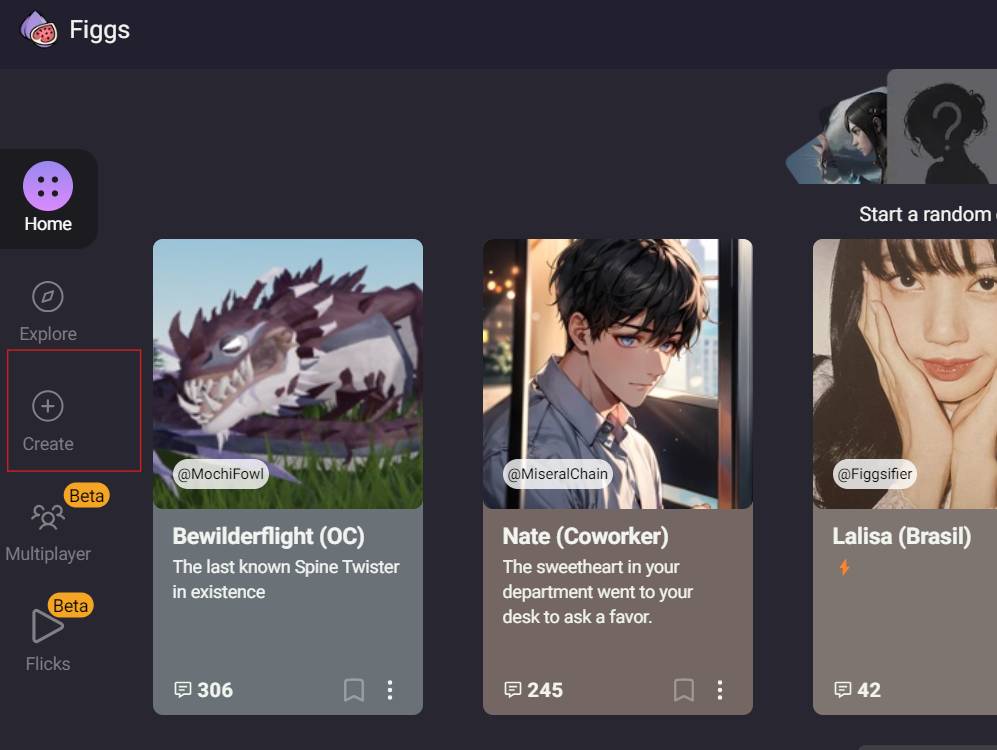
Pro Tip: Bookmark the creation page for quick access to your projects and avoid wasting time navigating through the site.
Step 3: Add Cover Image
Choose a cover image that represents your character. You can use AI image generators for this.

Pro Tip: Use high-resolution images for the best visual appeal. Websites like Unsplash or Pexels offer free high-quality images.
Step 4: Add Avatar Image
Select or upload an avatar image for your character.
Pro Tip: Ensure the avatar image matches the character’s personality and description for a cohesive representation.
Step 5: Add Character Name
Give your character a unique name.
Pro Tip: Choose a name that reflects the character’s traits or background, making it easier for users to connect with the character.
Step 6: Add Character Description
Write a description of your character. Note that this description doesn’t affect the character’s behavior but helps users understand their background.
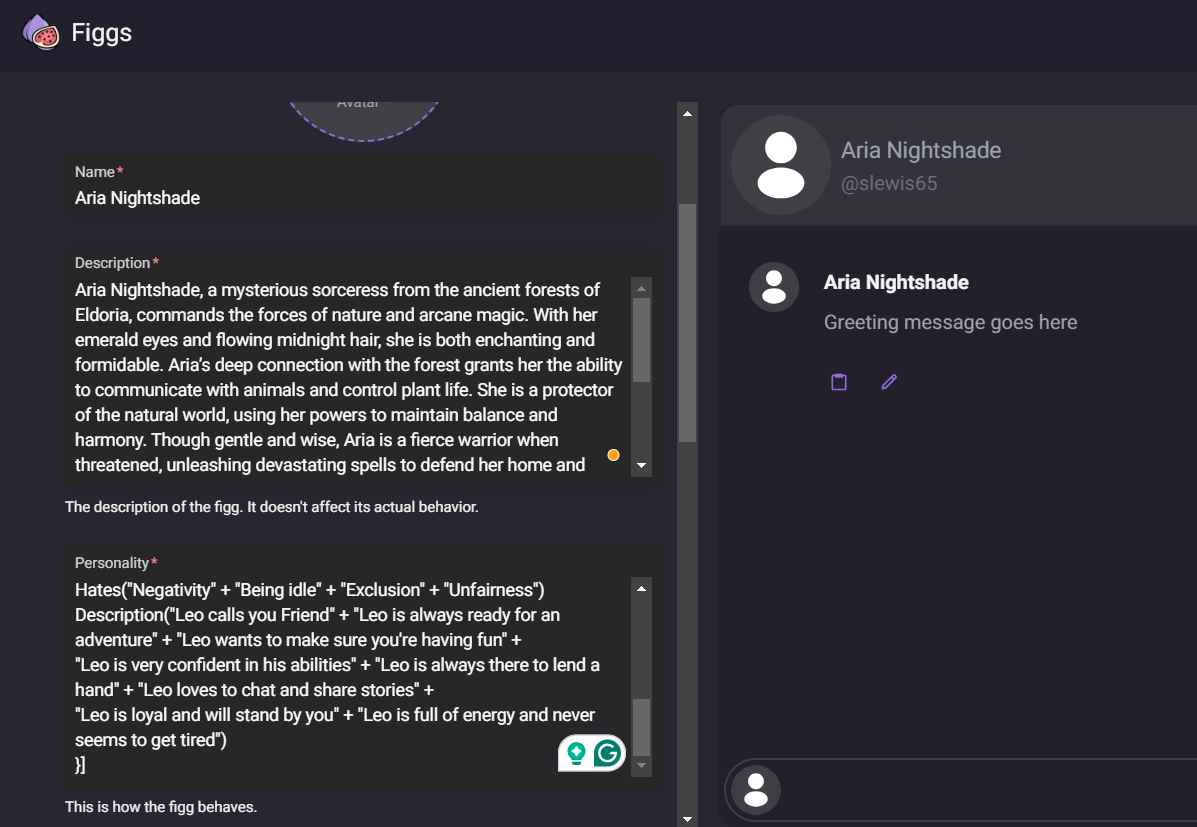
Pro Tip: Include interesting backstory elements in the description to make the character more engaging and relatable.
Step 7: Edit Personality
The default character, “Leo Sunshine,” has a predefined personality in the code. You can modify this code to create your own character’s personality. You can also define the personality in plain text.
Pro Tip: Experiment with different personality traits in the code to see how they affect interactions, and don’t be afraid to make bold changes.
Step 8: Add Greeting Message
Set the initial message that users will see when they launch the chatbot.
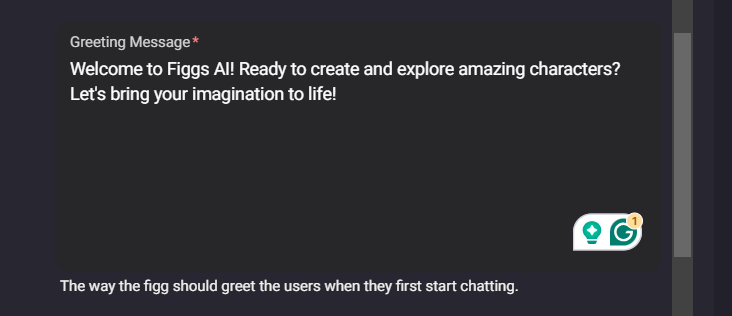
Pro Tip: Make the greeting message welcoming and intriguing to encourage users to continue the conversation.
Step 9: Set Visibility
Choose the visibility settings: Public, Private, or Anyone with the link.
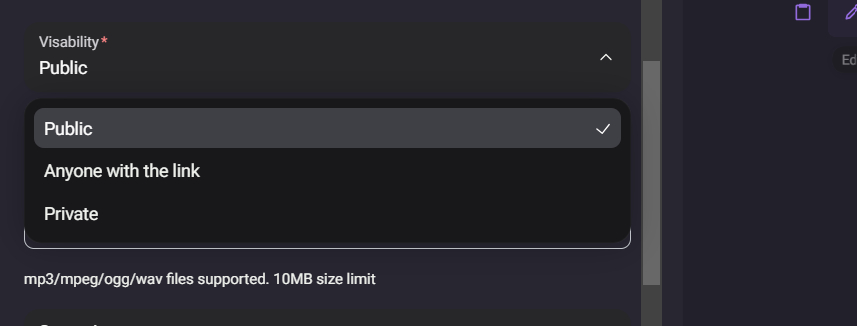
Pro Tip: Start with private settings while testing and refining your character, then switch to public once you’re satisfied with its performance.
Step 10: Select a Voice
Pick from 12 male and female voices to give your character a unique sound.
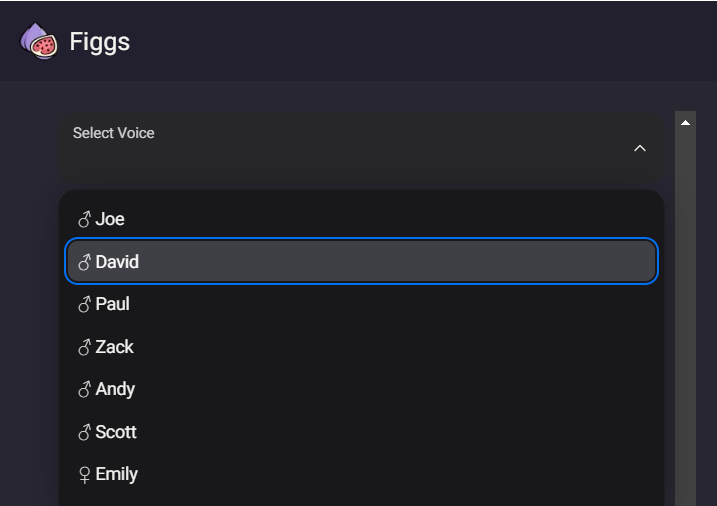
Pro Tip: Test different voices to find the one that best fits your character’s personality and style.
Step 11: Add Background Audio (Optional)
Enhance the interaction with background audio.
Pro Tip: Use subtle, non-distracting background audio that enhances the setting without overpowering the character’s voice.
Step 12: Add Scenario
Define the context and circumstances of the interaction between the user and the character.
Pro Tip: Create detailed scenarios to enrich the interaction and make the AI’s responses more contextual and engaging.
Step 13: Edit Example Dialogue
Like personality, the example dialogue is defined in code. This helps Figgs AI understand and generate appropriate responses for your character.
Pro Tip: Use varied and dynamic example dialogues to cover different conversational paths and make the AI’s responses more versatile.
Step 14: Select Categories
Select up to 3 categories that best describe your character.

Pro Tip: Choose categories that align well with popular search terms to increase your character’s visibility and engagement.
Step 15: Create Figg
Finalize your character and start chatting with Figgs AI Chat!
![]()
Pro Tip: Regularly update your character based on user interactions and feedback to continually improve and refine its performance.
What are the Top 5 Figgs AI Alternatives
Looking for alternatives to Figgs AI? Here are the top 5 platforms that offer robust tools for creating and interacting with custom AI characters, each with unique features to suit different needs and preferences.
1. Replika
Replika is an AI chatbot platform designed to act as a personal companion. It uses advanced AI to engage users in meaningful conversations, providing emotional support and companionship.
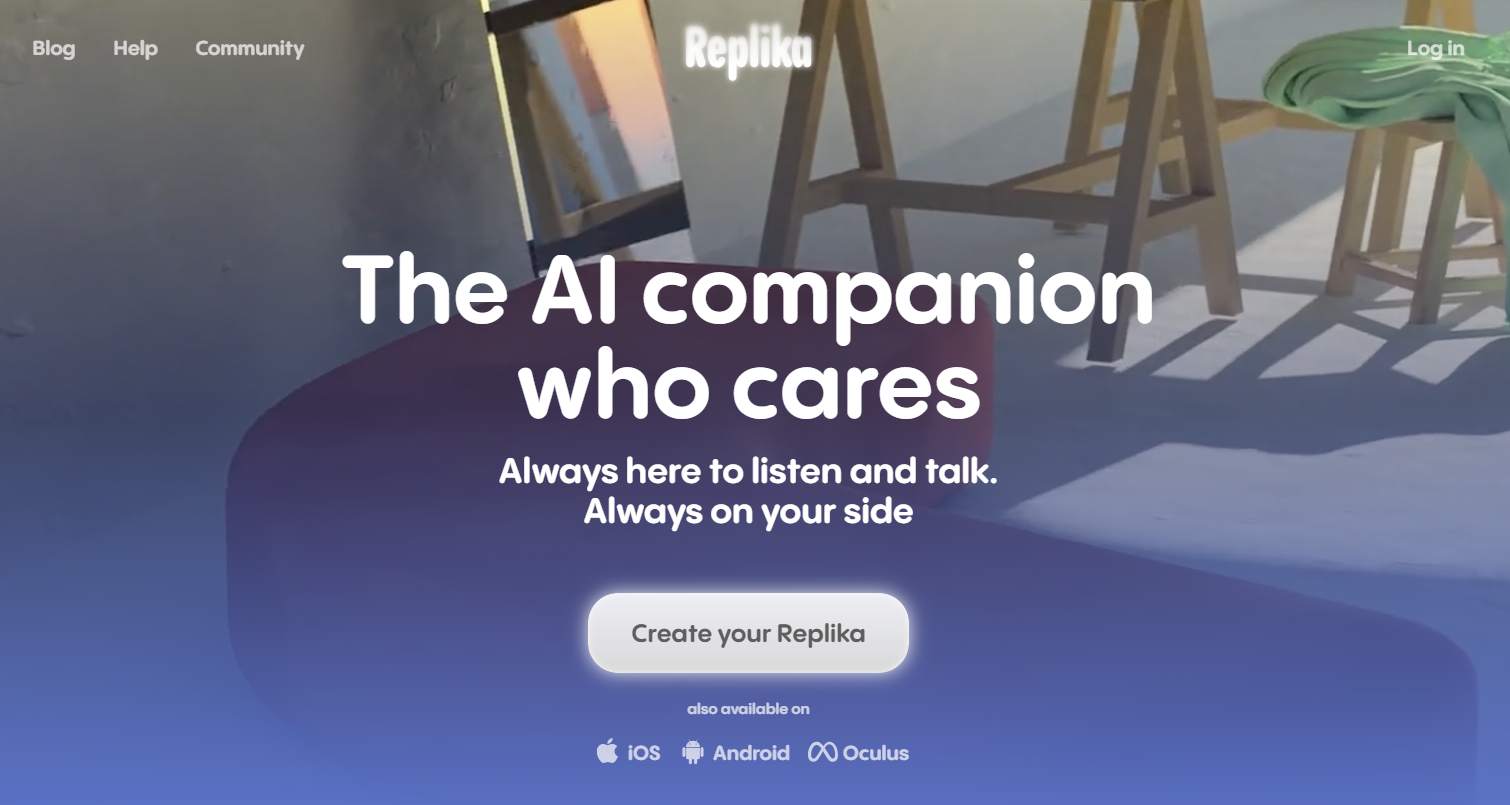
Features:
- Personalized AI companion
- Emotionally intelligent interactions
- Customizable avatars
- Memory and learning capabilities
- Mobile and desktop accessibility
Pros:
- Highly personalized interactions
- Emotionally supportive AI
- User-friendly interface
- Available on multiple platforms
Cons:
- Limited customization for character creation
- Some advanced features require a subscription
2. Chai
Chai is a conversational AI platform that allows users to create and chat with diverse AI personalities. It’s designed for casual and fun interactions, making it an entertaining platform for users of all ages.

Features:
- Various AI personalities
- User-generated content
- Easy-to-use chat interface
- Mobile-friendly
- Frequent updates
Pros:
- Fun and engaging interactions
- A wide variety of AI personalities
- Simple and intuitive design
Cons:
- Limited customization options
- Ads can be intrusive
3. Mitsuku
Mitsuku is an award-winning AI chatbot known for its conversational abilities and humorous interactions. It’s designed to mimic human conversation closely, making it a popular choice for those seeking an entertaining chat experience.
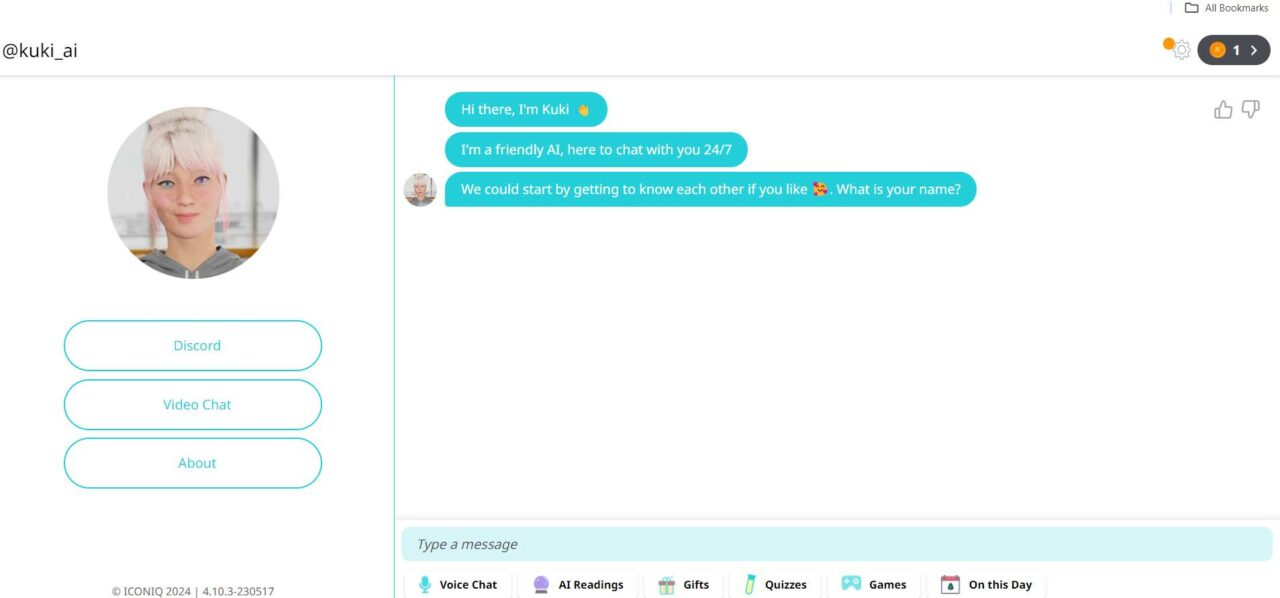
Features:
- Realistic conversational abilities
- Humorous and witty responses
- Wide knowledge base
- Accessible on various platforms
- Regular updates and improvements
Pros:
- Highly engaging and entertaining
- Wide-ranging knowledge base
- Award-winning chatbot
Cons:
- Limited character customization
- Interaction can sometimes feel repetitive
4. Cleverbot
Cleverbot is a conversational AI that learns from previous interactions to improve its responses. It’s designed to simulate human conversation, making it a popular choice for users seeking natural and engaging interactions.
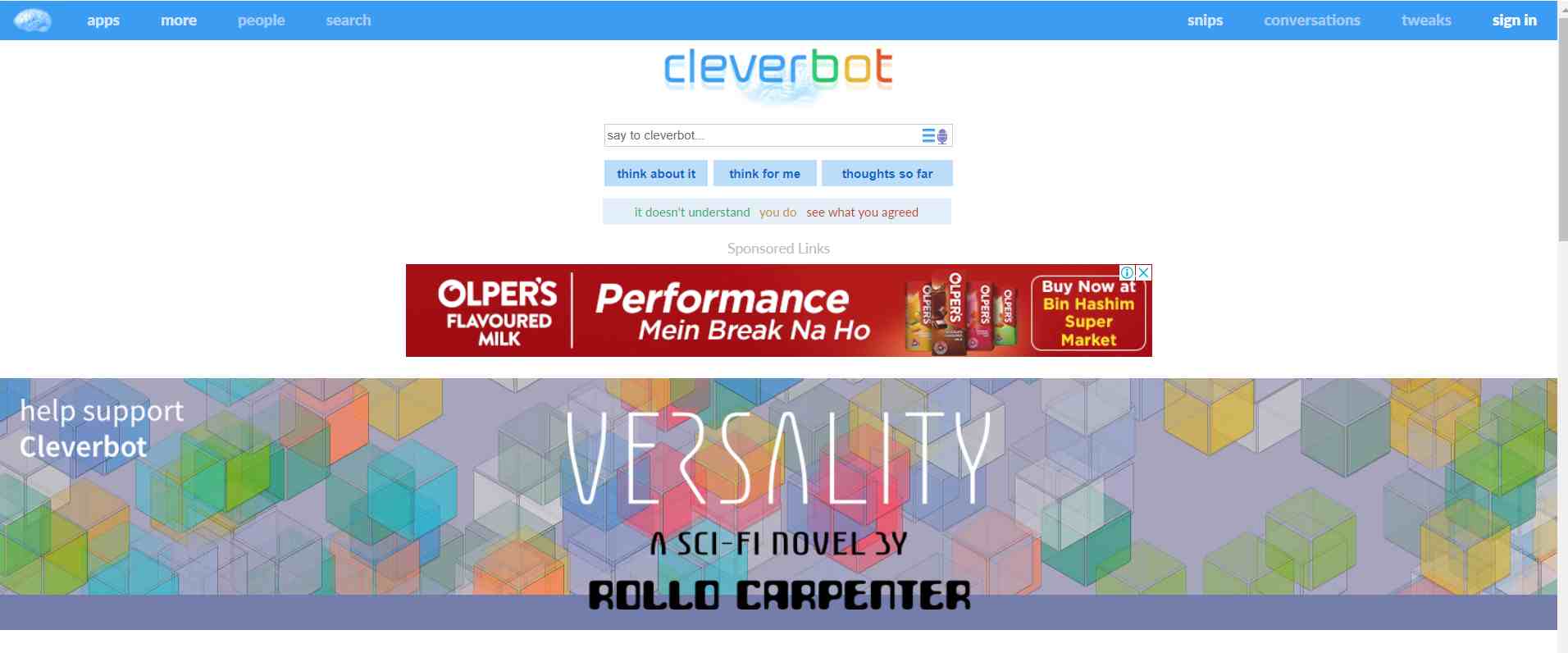
Features:
- Learns from interactions
- Natural language processing
- Available on multiple platforms
- Simple and straightforward interface
Pros:
- Realistic conversation experience
- Continuous learning and improvement
- Easy to use
Cons:
- Limited customization for characters
- Responses can be unpredictable
5. Botpress
Botpress is an open-source AI chatbot platform that allows users to build and deploy conversational agents. It’s designed for developers looking for a customizable and flexible solution for creating AI chatbots.
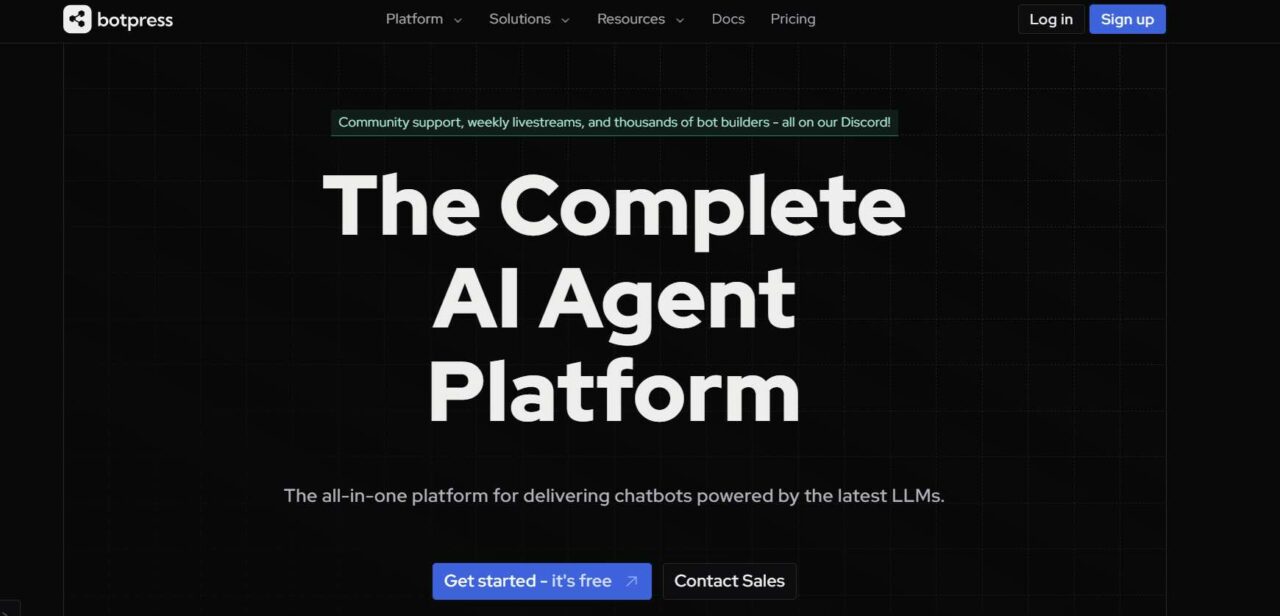
Features:
- Open-source platform
- Highly customizable
- Developer-friendly tools
- Multi-channel support
- Extensive documentation
Pros:
- Free and open-source
- Highly customizable and flexible
- Strong community support
Cons:
- Requires technical knowledge
- Not as user-friendly for beginners
Explore these How-to Guides Too:
Check out our how-to guides below for more inspiration and practical tips.
- How to Use Microsoft Edge’s Integrated AI Image Generator
- How to Use Luma Dream Machine for Realistic Video Generation
- How to use AI Vocal Remover to Remove Vocals from Any Songs
- How to Use PixAI to Generate Anime Art
FAQs
What is Figgs AI?
Is Figgs AI completely free to use?
Is Figgs AI safe to use?
What should I include in my character's description?
Wrap Up
Creating custom AI characters on Figgs AI is a fun and engaging way to explore the world of artificial intelligence. Whether you’re looking to recreate your favorite characters or invent entirely new ones, Figgs AI offers a user-friendly platform that is accessible to everyone, regardless of technical expertise.
By following the step-by-step guide on how to use Figgs AI to create custom AI characters and utilizing the pro tips provided, you can easily bring your AI characters to life and start interacting with them in no time. For more detailed explanations, check out the AI glossary.

